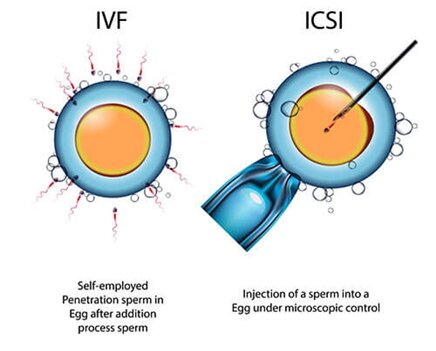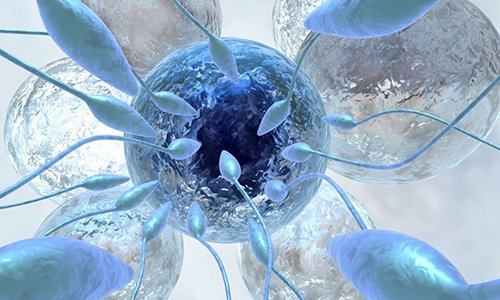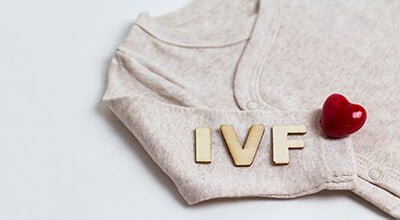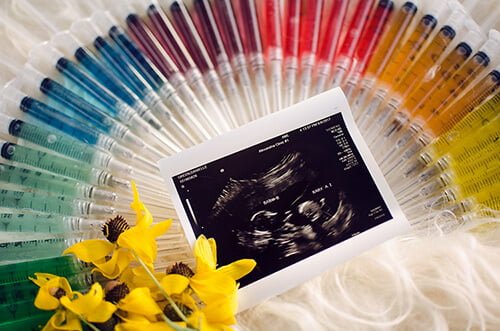What Helps With Sperm Count and Quality?
If you’ve been trying to have a baby and it’s just not happening, you might have a low sperm count. But don’t panic. It’s actually one of the most common causes of male infertility.
You’ll have to see your doctor to be sure. But there may be things you can do to boost your count naturally. And they’re actually pretty simple.
What Is Low Sperm?
A “normal” sperm count is at least 15 million sperm per milliliter of semen. If you have less than that, you have what doctors consider “low” sperm count, called oligospermia.
When you don’t have enough sperm, there’s less of a chance they’ll reach and fertilize the egg, which can lead to fertility problems.
What Is Quality Sperm?
Even if you have a normal sperm count, they still have to be healthy enough to make the journey from your partner’s vagina to the cervix and uterus to the fallopian tubes. If they’re not, you’ll have a hard time getting them pregnant.
There are three ways your doctor can tell whether your sperm is healthy or “quality.”
Quantity. This measures how many sperm you have in your semen when you ejaculate. Remember, you need at least 15 million sperm per milliliter of semen to have a “normal” sperm count.
Movement. Doctors call this “motility.” It measures how fast or well your sperm move to their final destination -- your partner’s egg. You want at least 50% of your sperm moving.
Structure. Normal sperm have egg-shaped heads and long tails. Sperm use these tails to “swim” to the egg. The more normal-shaped sperm you have, the easier it will be for them to reach your partner’s egg.
Causes of Low Sperm
Any number of things can lead to low sperm count, including previous medical problems, age, and your environment. Your lifestyle factors in, too, so if you smoke or use recreational drugs, they can affect your fertility.
How Can I Help My Sperm?
Fortunately, there could be a number of things you can do to increase the amount of healthy, quality sperm your body makes.
Exercise. We know that moderate exercise can boost your mood. But it turns out that it can boost your sperm count, too. Researchers found that men who exercise at least three times per week for 1 hour showed increases in their sperm count and the number of moving sperm, as well.
Stop stressing. It’s easier than it sounds, but do it, especially if you’re trying to have a baby. In a study of 950 men, researchers found that males who had more than two stressful events before starting treatment for infertility were more likely to have low sperm count and motility.
If you smoke, quit. Men who smoke are more likely to have lower sperm count, density, and motility. They also produce less semen than men who don’t smoke.
Say no to drugs. Certain ones, like cocaine and heroin, can affect your ability to get or keep an erection. Other drugs, like marijuana, can make it hard for you to produce sperm. They can also reduce your sperm’s motility or prevent them from developing normally.
Eat right. Choosing a diet of fresh fruits and vegetables may boost your semen quality. Eating fewer fatty foods and a little less protein could also help.
- ۰ نظر
- 28 April 22 ، 06:08
- ۱۵۹ نمایش






 ICSI-fertility-treatment
ICSI-fertility-treatment

